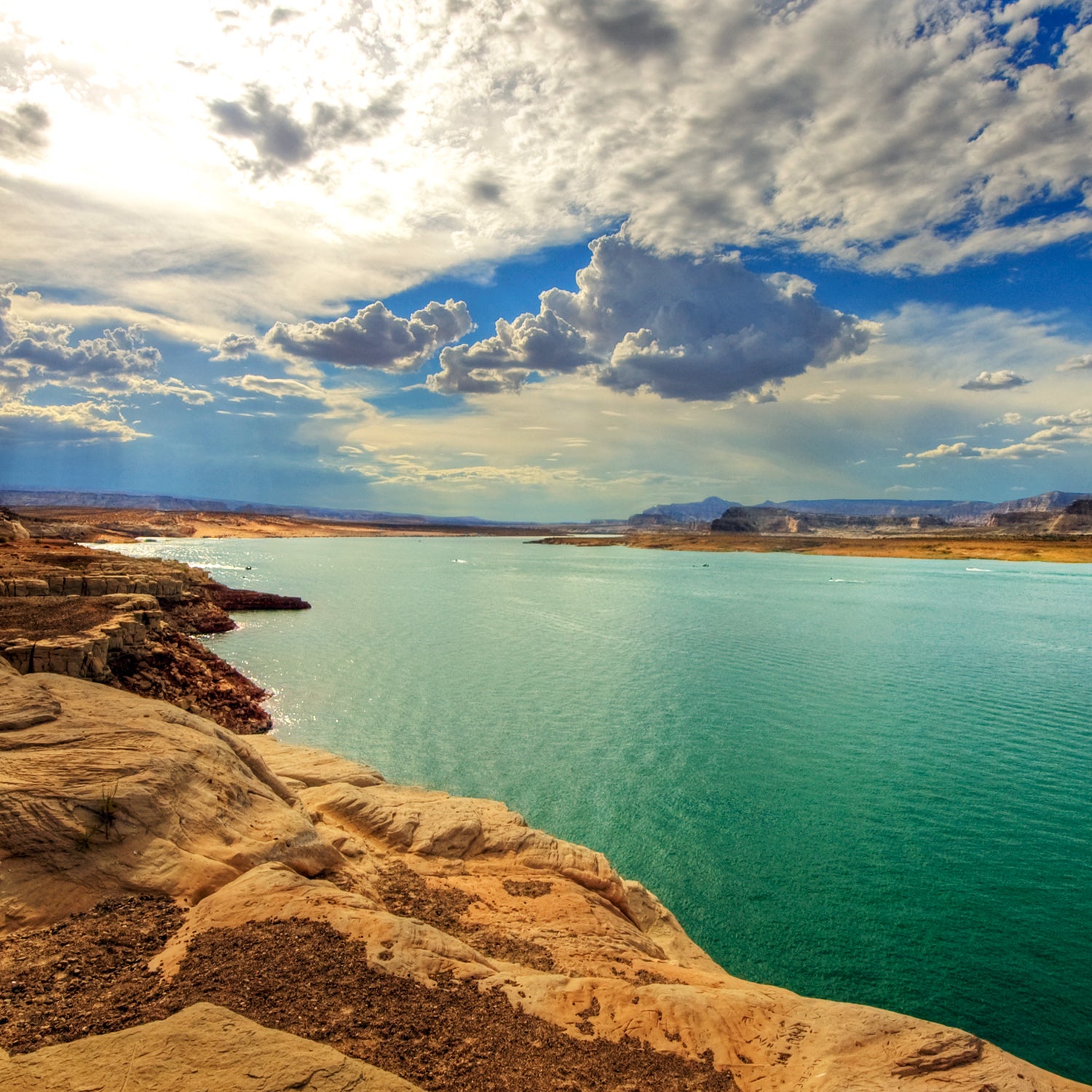The water level at Lake Mead is forecast to dip to 1,080.19 feet above sea level this coming Sunday and continue downward another seven feet by the end of June, from the Las Vegas Review-Journal.��
This is the lowest the lake has been since May 1937, when the reservoir was filling for the first time behind the newly built Hoover Dam.��It augurs a difficult future for the Southwest, currently suffering a regionwide 15-year streak of low rainfall along the Colorado River.
“What’s going on is we can’t buy a storm in any way, shape, or form,” said Randy Julander, who supervises the U.S. Department of Agriculture’s snow survey program in Nevada, Utah, and California, in the Review-Journal. “There just isn’t any snowpack to melt. The scientific term is ‘diddly squat.’”
The main source of water for southern Nevada and the Las Vegas Valley, Lake Mead has been fitted with two intake pipes, plus a third deep-water intake that will be installed this summer. The Southern Nevada Water Authority is at work designing a pumping station that will keep the water flowing if and when Lake Mead drops by another 185 feet, at which point the Hoover Dam can no longer release water.
As ���ܳٲ��������wrote last June, river experts generally perceive a 1,000-foot water mark on Lake Mead as a nightmare scenario that could be felt far beyond Las Vegas. Farmers, who receive federal power subsidies and rely on the Hoover Dam for electricity, would have to buy it on the market at five times the price, and banks following the real estate market in places as far away as Phoenix could back off from their investments.
“The last time they concluded that, it tanked the world economy,” Peter Culp, a Phoenix attorney who closely follows Colorado River policy, told ���ϳԹ���, saying he suspected emergency measures would kick in before then. “There’s no way you can let Mead hit 1,000. It would be so horribly stupid.”


